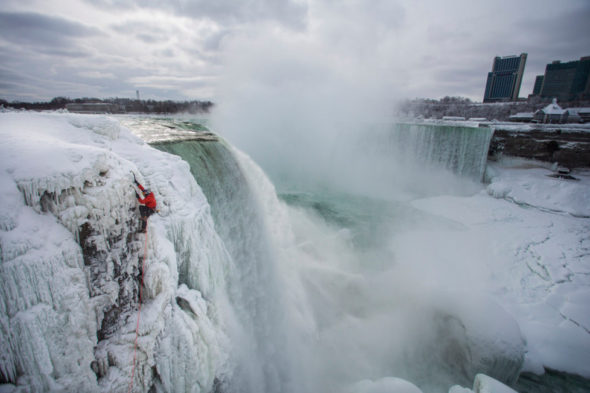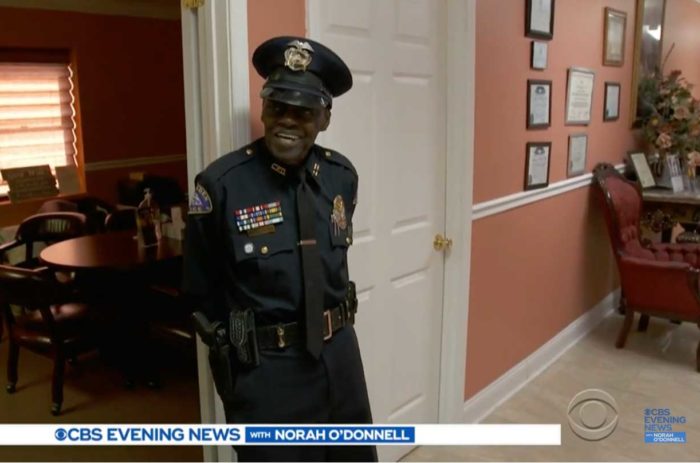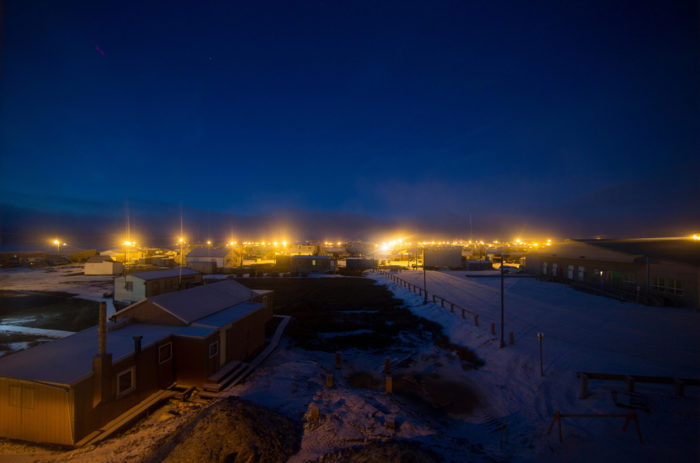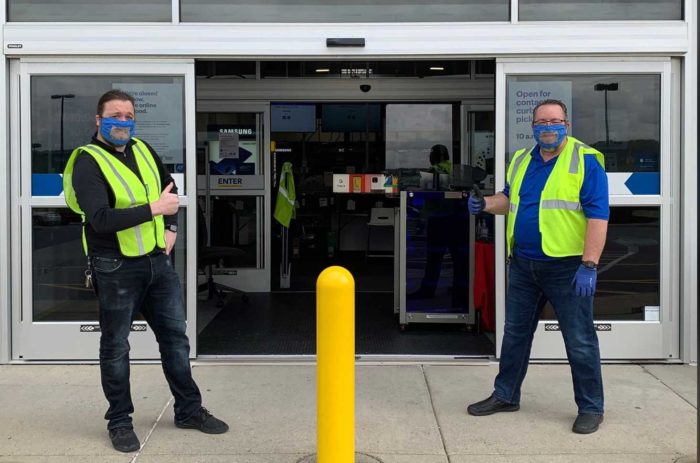
Big increase in surgery to mend ‘flesh tunnel’ earlobes
After seven unsuccessful job interviews, 24-year-old Luke Clark began to think something other than his resume was playing havoc with his job prospects.
Potential employers didn’t seem to like the “flesh tunnel” holes he had in each ear as much as he did.
Clark had begun stretching his lobes at university several years earlier, and the problem was that when he took the plugs out his stretched earlobes looked terrible.
Now one of the fastest-growing cosmetic procedures in the UK is repairing stretched earlobes.
The piercings are created either by gradually placing a cone-shaped taper into the ear and pushing it through a little more each day, or by having larger-sized tunnels placed into a pierced ear every few weeks to slowly widen the hole. Once the holes stretch past 1.5cm in diameter, the earlobe will never spring back to its original shape.
The record holder for the largest flesh tunnels, at more than 10cm in diameter (big enough to put a fist through), is a Hawaiian man, Kala Kaiwi.
Cosmetic surgeon Adrian Richards, a clinical director at Aurora Clinics, has pioneered a technique to repair stretched earlobes. He sees at least 10 new patients a month for the operation, which is performed under local anesthetic and takes about 30 minutes. But, at £1,800 ($2,743) for two ears, it’s not cheap.
“There’s a lot of negativity around about ear-stretching,” he says. “We recently treated a golf professional who was joining the PGA [Professional Golfers’ Association]. They wouldn’t let him join with stretched ears. I’ve treated a man who was in a punk band but then became a teacher and needed his ears repaired. We even had a soldier on Wednesday who had 2cm tunnels in each ear.
“His commanding officer told him of a new internal guidance that says anyone with ear tunnels of over 2cm would have to have them repaired, or there was a threat of discharge from the army.”
Usually, the procedure to correct a stretched earlobe begins with removing the stretched area, says Richards. “Once that is removed we stitch the lobe back together to form a natural shape.
“The main discomfort is from the anesthetic, which lasts about 10 seconds. Once the stretched skin has been removed, we stitch the ear internally and use melt-away stitches on the outside. Dressings come off after a week, and that’s it really.”
Civilian ‘patrols’ called to battle invasive pythons in Florida
Florida wildlife officials, opening a new front in the war on invasive snakes, are recruiting the general public for “python patrols” that teach them how to identify and even capture some of the hissing, snapping reptiles.

“We consider (Burmese pythons) established, which means the hope of removing them is pretty slim,” said Jenny Novak, a Florida Fish and Wildlife Conservation Commission (FWC) biologist, during a recent training session with 20 volunteers in south Florida. “We’re in management mode now.”
Last week the volunteers spent an hour in a classroom learning how to distinguish between invasive and native snakes and how to safely capture and contain them.
Later, the group moved outside where coiled up pythons were released and volunteers used poles to pin their heads, sometimes with mouths agape, to the ground. They then grabbed the snake at the base of its head and carefully maneuvered it into a bag sealed with electrical tape.
“I’m not that worried about her,” said Mark McCarthy, 63, as his daughter, 29-year-old Keeley Philbrook, readied to grab hold of a five-footer.
She bagged it with some help from a fish and wildlife technician, and still shaking afterward said she would not try it alone.
But officials are coming under fire from critics who say the public should stay away from the non-venomous pythons, which kill by constricting their prey.
“This is ridiculous,” said Kenneth Krysko, a senior herpetologist at the University of Florida. “You can’t have Joe Schmo grabbing these snakes.”
Krysko said he thinks the civilian patrols will also be ineffective in reducing the python population.
Florida is a hub for the exotic pet trade and a hot bed of invasive species that have snuck into the tropical environment. An estimated 150,000 Burmese pythons now occupy the state’s southern half, according to officials.
Since the snakes were first spotted in the 1970s, they have become top predators in the ecologically fragile Everglades, gobbling up whole alligators and other native species, and growing more than 18 feet long.
The latest concern is a small population of aggressive North African “rock” pythons several miles west of downtown Miami. Since they were first discovered in 2001, 69 have been spotted and 29 have been captured, according to Krysko.
Officials hope they have the rock pythons contained through what Novak called an “an early detection, fast response program.”
But Krysko said it is too little, too late after Burmese python numbers mushroomed during decades when sales weren’t outlawed and wildlife agencies had few programs to deal with unwanted pets or snakes released in the wild.
Adventurer completes first-ever climb up frozen Niagara Falls
Canadian climber Will Gadd has become the first person to ever climb frozen Niagara Falls.
More commonly associated with the daredevil pursuits of highwire walks or riding the powerful cascades in a barrel, Gadd, 47, made history when he took the opportunity of the area’s annual freeze to scale the 180-foot frozen cliffs next to Horseshoe Falls.

“I checked out the spot we were thinking of climbing in the summer,” Gadd told Redbull.com. “You’d be swept away by the torrential downpour then.”
Gadd may have claimed the glory of being first over the lip, but he didn’t climb alone. His partner — who achieved the same remarkable climb just hours later — was a fellow Canadian, 34-year-old Sarah Hueniken.
She was left huddling in an ice cave for several hours partway up the route, to avoid being hit with chunks of ice, National Geographic reports.
The ice climbers worked with the NYS Parks Department and Police to create a plan for the attempt, keeping in mind preservation of the environment as well as their personal safety.
“We’re doing it on natural protection,” Gadd said. “No bolts. There won’t be one thing left in the ice that wasn’t there to begin with, and that’s the best possible way to do it.”
The vulnerable ice formations posed peculiar challenges to the experienced climbers. “The ice is formed in layers,” Gadd said. “That means there’s a layer of ice, then snow (with a lot of air), then another layer of ice. It’s unstable, for sure.”
As part of climb preparations, Gadd dropped into the area from above the day before and removed “car-size” pieces of hanging ice from the route.
Even with those hazards removed, Gadd describes the hair-raisingly precarious conditions of climbing near the thundering falls. “The massive water flow constantly shakes the ground, and makes the ice shelves and walls around you unsteady and unpredictable,” Gadd said. “It’s a harsh environment and an intense challenge to stay attached to the wall, let alone climb it.”
“As a kid, I always felt drawn to the edge of the falls,” Hueniken told National Geographic. “I think it’s human nature to be curious about gravity and to wonder what it would feel like to go over.
“It’s a weird thing, but anyone who has been to the falls knows the feeling,” she said. “This place has a kind of power over people.”
First up on the climb was an area Gadd came to call the “cauldron of doom,” where the waterfall crashes into a hole in the ice. If he had fallen in, he could have hit rocks, drowned or frozen to death, he says.
He survived that challenge but nonetheless was hit by the low temperatures. “That climb beat me up,” he said, after making three ascents of the route. “I may have reached the top, but Niagara won the war. At the end of the day, I was hypothermic. That waterfall did a lot more damage to me than I did to it!”
After Hueniken finally emerged from the cave and made the remaining 45-minute climb to pull over the lip, her father watched proudly from the Canadian side of the river. Hueniken grew up 20 miles from Niagara Falls and it was a family tradition to visit every Father’s Day.
From The Guardian (UK) and The New York Post



